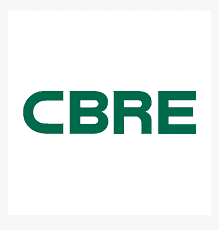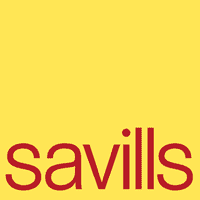So, you’ve crafted a great looking CV and developed a strategy when applying for jobs and getting invited for an interview. However, the interview stage is the most critical step in the process. The interview is what determines if you secure your dream job. Now is the time to put your best — and most professional — show forward, wearing the attire that will make you memorable for all the right reasons.
I recently did a poll on Linked In to ask how candidates prepare for interviews and had a varied response but one aspect we never talk about is dress code. Here’s a couple of my airtight tips to pick the right outfit for your next interview!
Neutral Colours, Minimal Makeup, and Simple Jewellery Are Your FRIENDS
What do you want your interviewer to remember about the short meeting? Your clothing choices or your expertise? Your eloquent answers or your elaborate eye makeup?
Your clothes should be appropriate. Although there’s space for some stylistic expression, it should be limited to one item. Maybe a pair of emerald stud earrings or a scarf, but anything too eye-catching will also be distracting.
Prioritize Grooming
A clean shave (or a beard shapeup), good haircut, and short nails are professional, they’re also appreciated during an interview. Why not whack out that nice perfume you like wearing when you go out-out?
Wear What’s Comfortable
Your bomb outfit is coming together, you’ve bought some new bits and feel super confident! You might be thinking about those impractical shoes that give you the biggest blisters, but you forgot that they do? Although they make look glam, comfort should trump fashion. A comfortable, but smart shoe should do the trick. You don’t want to be remembered for your spectacular fall in a hallway of an office… Avoid trainers at all costs!
Take Cues From the Company and Industry
Before you arrive at your interview in a three-piece suit or jeans, research the company’s dress code. Look at the profile pictures of existing employers, management, and executives to get an idea of what would be appropriate for the interview; after all, these could be your future colleagues, and you want to showcase that you would be a good team member.
Stick to the Basics
When in doubt, stick to the basics. A white collared shirt, tailored trousers, and loafers should work for both men and women. You can add a blazer or cardigan to the look for warmth and style. Grey, white, black, navy, blue, and brown are appropriate colours.
If you’re unsure what to wear to the interview, the best thing to do is ask, either query the dress code, read any correspondence between yourself and the interviewer or ask the recruiter.

















